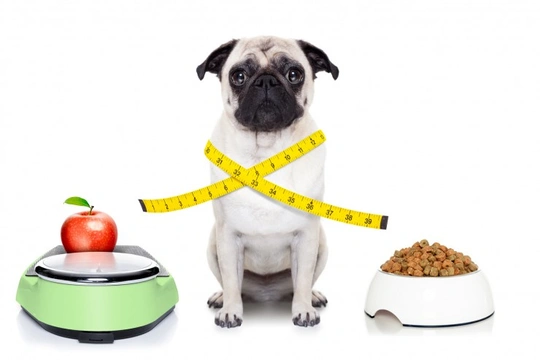
Getting your dog fit in January and February
As Christmas is now just past us and people all over the country start looking to the New Year, it is a great time to review your dog’s fitness, feeding protocols and energy levels, and spend the first couple of months of 2016 getting your dog back to their ideal fitness levels, and setting them up as you mean to go on for the rest of the year!
If you are keen to see your dog become a little more active or lively or wish to help them to drop some of the extra padding around their waistlines, read on for some tips on advice on how to structure a sensible, positive New Year’s fitness resolution for your dog, which you can then keep going throughout the year.
Start with professional advice
First of all, you should not make any significant changes to your dog’s diet or activity levels without first having a chat with your dog’s vet, or potentially, a veterinary nurse who specialises in nutrition and fitness and that can enrol you in a nurse clinic to help you to get your dog fit.
Your vet or an experienced nurse will help you to monitor your dog’s weight, talk about their current activity levels and food intake, and offer you advice on some sensible, gradual changes to make that will benefit your dog without putting too much strain on them.
Don’t make sudden changes
Once you are armed with advice from your vet and a goal to aim for, you’ll probably be raring to go, whether your dog is or not! However, you cannot simply swap out their current food for something else nor make a dramatic reduction in their normal food intake in one fell swoop; any changes, subtractions or additions should be made gradually, much as you should build up your dog’s improved exercise levels gradually as well.
Prepare
In order to give yourself a goal to reach and a clear idea of how to reach it, you will need to draw up a plan! Start with your dog’s current weight, activity level and food intake, and then develop a gentle, gradual schedule of food reduction or changes and more exercise, along with a timeline on how and when this will be implemented.
Draw up a calendar for each week with targets for your dog’s weight, length of walks and what you hope to do with them, and monitor your progress as you go along. Don’t expect every week’s plan to go exactly how you project it will, but this calendar can help to keep you on track and make adaptions as needed as you go along. You can also share this information with your vet or veterinary nurse as you go along, to help to build upon your progress.
Balancing food and exercise
In order to help your dog to lose weight, they will either need to exercise more or eat less, but much more effective than taking either of these things as a standalone approach is to enable both. A dog that is exercising more will also need more nutrition, so don’t significantly cut their food intake and then wonder why they are flagging when it comes to their walks! Again, this is where your vet or veterinary nurse can help, in terms of recommending a feeding and exercise schedule that will be effective but not overly demanding, and that suits your dog’s age, weight and lifestyle.
The more your dog exercises, the more they will be able to eat and vice versa, and you should view their exercise regime in terms of not only how long they are out walking or playing for, but what they are doing when they do it. Adding an extra ten minutes’ stroll to your dog’s daily walk will be good for them, but boosting their activity levels and encouraging them to be more active when out walking is even better, and more effective.
Once you have gone through two months of your dog’s gradual, targeted fitness regime, you should already begin to see slow but steady progress, in terms of your dog’s tolerance for exercise, energy levels, and desire to go out walking. You should also begin to see results on the scale too when you weigh your dog, and it does not matter if this happens very gradually week on week, as slow, natural weight loss is much easier to maintain than taking an extreme, boot camp-like approach!
Keeping up the momentum
The first two months of your new feeding and fitness regime is a critical time for improvement, and during this time, your dog will get used to the new routine, and begin to feel the benefits. However, it is important to keep up the momentum after this time to reach your goals, and also, establish a plan to maintain your dog’s weight and activity levels for the long term when they reach their goal.
Getting your dog fit and healthy is something that you should approach as an ongoing process; not a vicious circle of fitness, letting things slip, and having to start all over again. A dog that is at a fit, healthy weight and that is active and energetic will be much healthier and likely to live a longer and happier life, and so it is important to keep up the good work long after January and February have passed!



